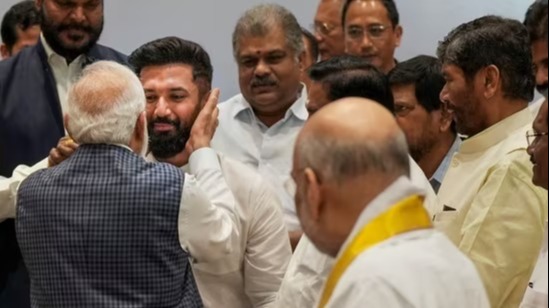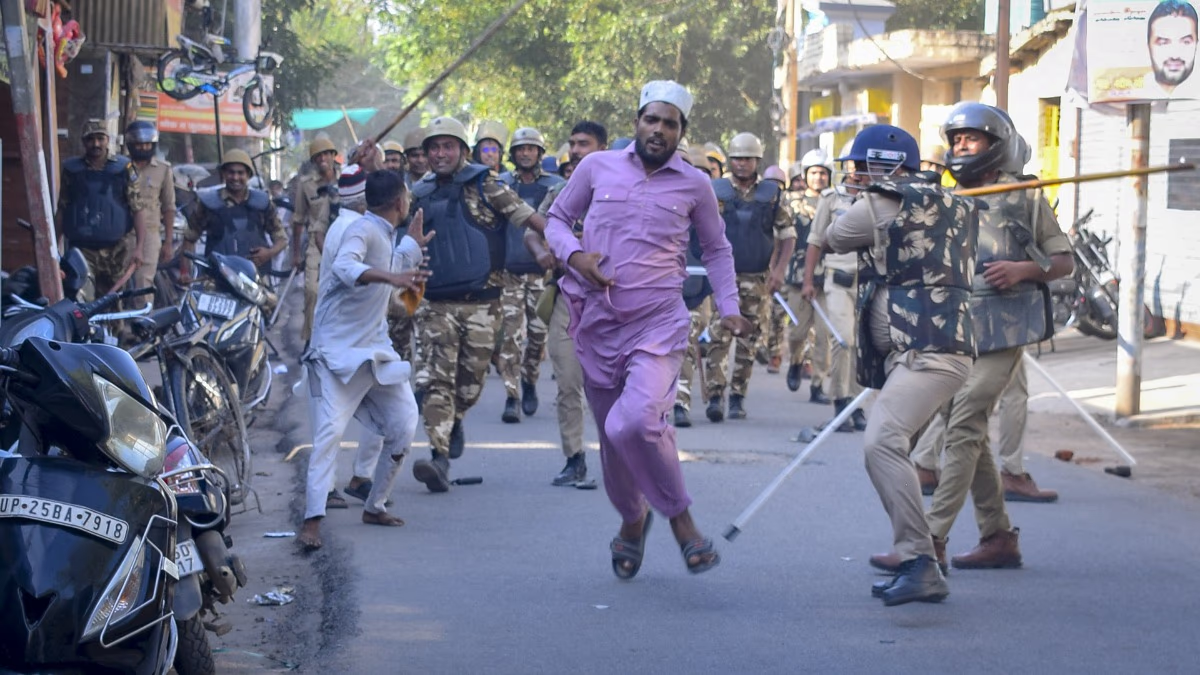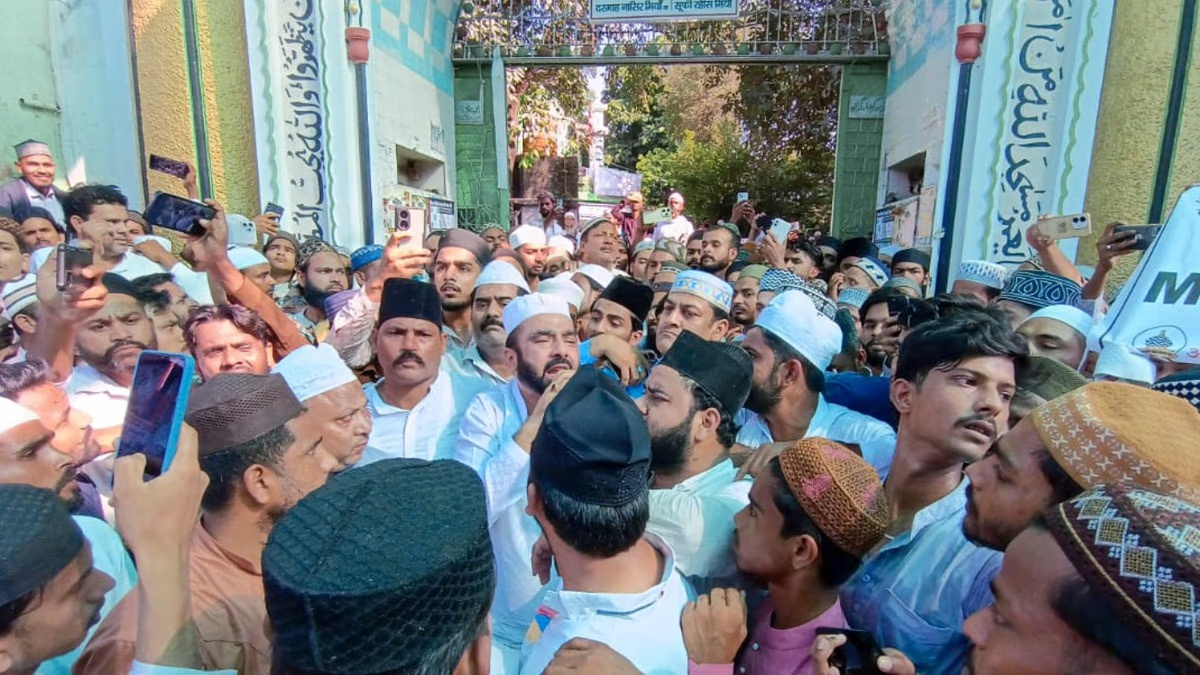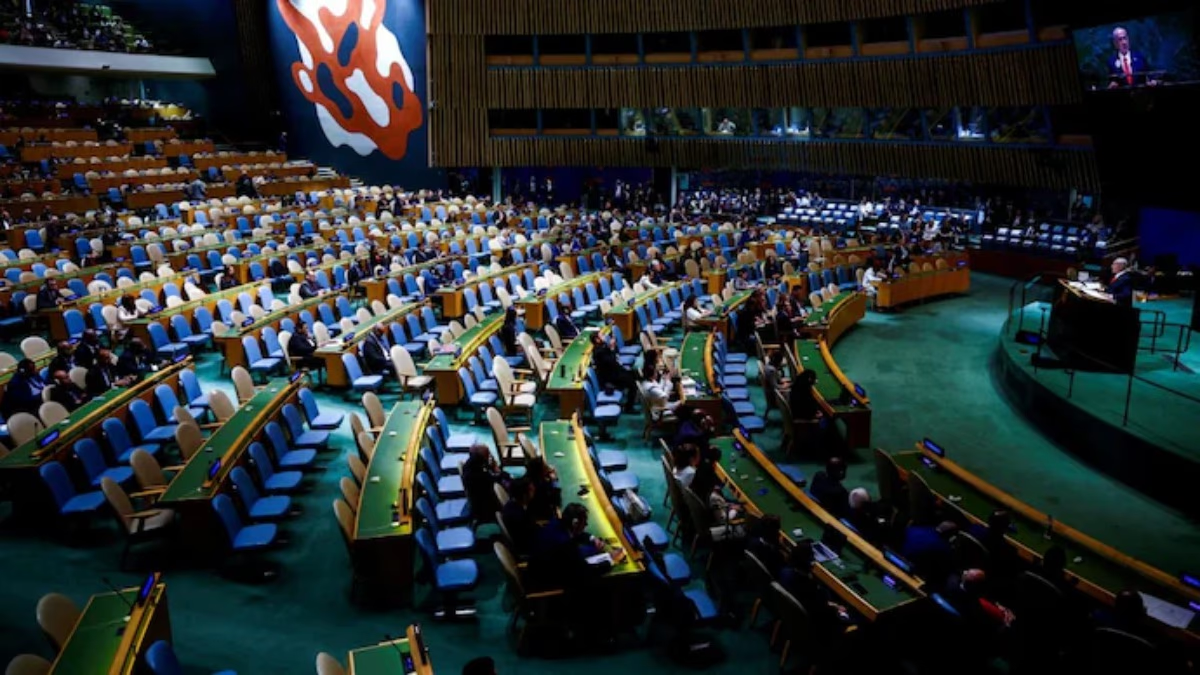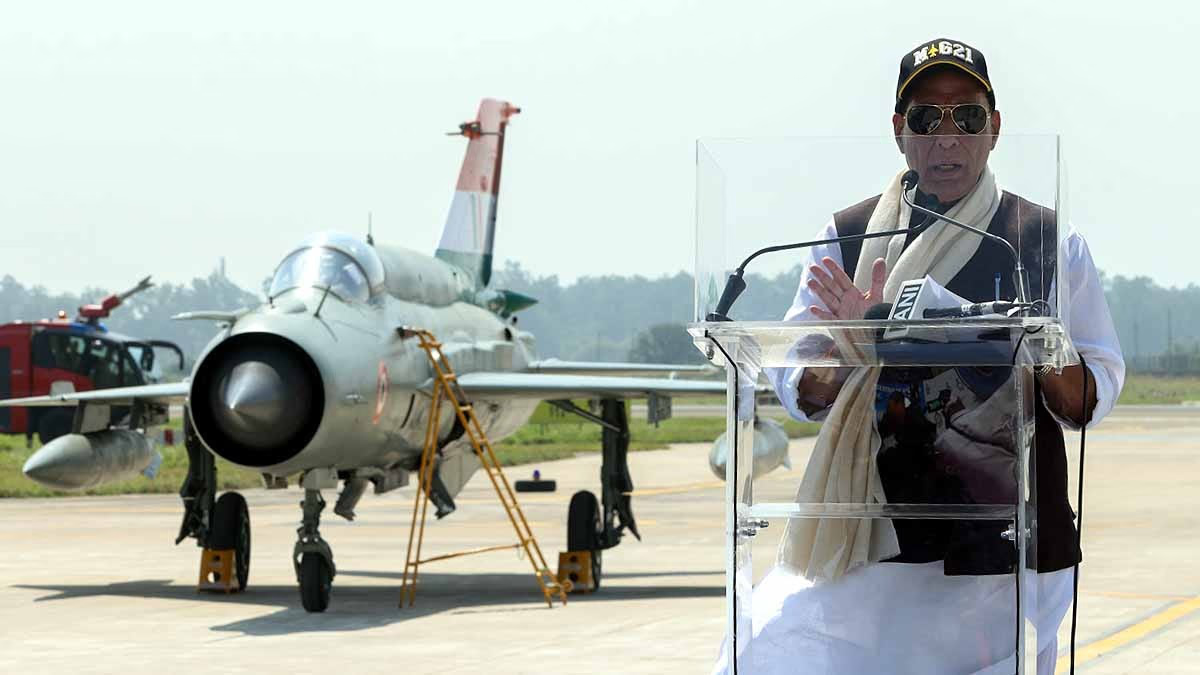In the BJP-led National Democratic Alliance's strategy for Bihar's 40 Lok Sabha seats, there's an emerging formula spotlighting Chirag Paswan's Lok Janshakti Party (Ram Vilas) (LJPR) likely to receive five seats. Paswan is also expected to secure the Hajipur seat. On the other hand, Chirag's uncle Pashupati Paras' party, the Rashtriya Lok Janshakti Party (RLJP), seems to be left empty-handed in seat sharing. There's also buzz around Paras potentially being appointed as governor and his family member Prince Raj being made a minister in the Bihar government after the split in the LJP.
After the LJP breakdown nearly three years ago, why has Pashupati Paras, once seen as a harbinger of Dalit votes for the BJP, suddenly fallen out of favor? Following the split, how did sidelined Chirag become so influential, and what’s behind the BJP's apparent prioritization of Chirag over Paras? It seems the reasons are deeply rooted in BJP's strategy in Bihar.
Seasoned journalist Om Prakash Ashk opines that BJP has witnessed Chirag's influence in both the 2019 general elections and the 2020 Bihar elections. Despite Ram Vilas Paswan being the party president in 2019, it was Chirag who drove the party's activities. Post-split, there is a wave of sympathy amongst LJP's core voters towards Chirag, who view him as the natural heir to Ram Vilas Paswan's legacy, given their familial connection.
Ashk notes that despite Pashupati's connection with voters in Hajipur, his inability to position himself as an alternative beyond this constituency has been evident. Bihar BJP leaders also acknowledge that a significant portion of the Paswan voter base stands with Chirag. By giving Chirag prominence, the BJP has sidelined Pashupati Paras and sent a strong message to Nitish Kumar.
This message to Nitish Kumar is crucial because his rigid stance at one point pushed Chirag to the fringes of the NDA. After the 2020 elections, Nitish's party could only secure 43 seats, placing third behind RJD and BJP. Post-results, Nitish had openly criticized Chirag for affecting the JD(U)'s performance on nearly two dozen seats.
Regardless of the reasons, the LJP could only win a single seat in the Bihar election but Chirag's influence was undeniable. With JD(U) preparing to contest fewer seats than the BJP for the first time, Nitish Kumar's bargaining power seems to be waning.
Effective Pressure Tactics by Chirag
Recently, Chirag held a rally in Bihar, focusing on three core issues. He claimed that every party and coalition sought his support, lamented the lack of progress in Bihar despite changing governments, and reaffirmed his coalition with the people of Bihar.
Chirag's words were not just a veiled attack on Nitish but also a clear message to the NDA that other political avenues remained open for him. Are Chirag's pressure tactics so effective that the BJP has chosen to overlook Pashupati? Understanding this requires a discussion of past electoral results and voting patterns.
The Eight Percent Vote Equation
Reflecting on the last general election results, the seat gap between the NDA and the opposition seemed wide, though it boiled down to just a 7 to 8 percent difference in vote share. In 2019, the NDA won 39 seats with a 35.4 percent vote share, while LJP secured an eight percent vote count. The state-level opposition led by RJD secured one seat with a 28.3 percent vote share.
As the BJP aims to win all of Bihar's seats, it’s unwilling to risk losing votes that decided the previous election. Even after the LJP split, Chirag remained active on the ground, rallying under the 'Bihar First, Bihari First' slogan.
What's the Seat-Sharing Formula?
The anticipated seat-sharing formula within the NDA suggests that BJP and JD(U) will contest as many seats as they currently hold. With a total of 40 Lok Sabha seats in Bihar, BJP has 17 sitting MPs and JD(U) has 16. The 2019 elections saw LJP winning six seats, but now it's divided into two factions.
Read More:
The coalition now sees Chirag's leadership wing likely to gain five seats, whereas Jitan Ram Manjhi's Hindustani Awam Morcha (HAM Party) and Upendra Kushwaha's Rashtriya Lok Morcha (RLM) could secure one seat each. Pashupati Paras' Rashtriya Lok Janshakti Party (RLJP) might gain nothing in the bargain.
2021 Developments
Since the emergence of the potential NDA seat-sharing formula, discussions have also shifted to the changing dynamics from the 2019 to 2024 elections. Three years ago, the LJP split into two factions. Pashupati Paras led a rebellion of five MPs against Chirag, stripping him of all party positions including president and parliamentary leader. The Paras faction joined the NDA and Pashupati assumed a ministerial role. The battle for party control reached the Election Commission, which froze the party's name and symbol. Veena Devi, once appointed as the parliamentary board president by Paras' faction, is now with Chirag.
